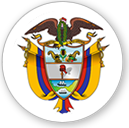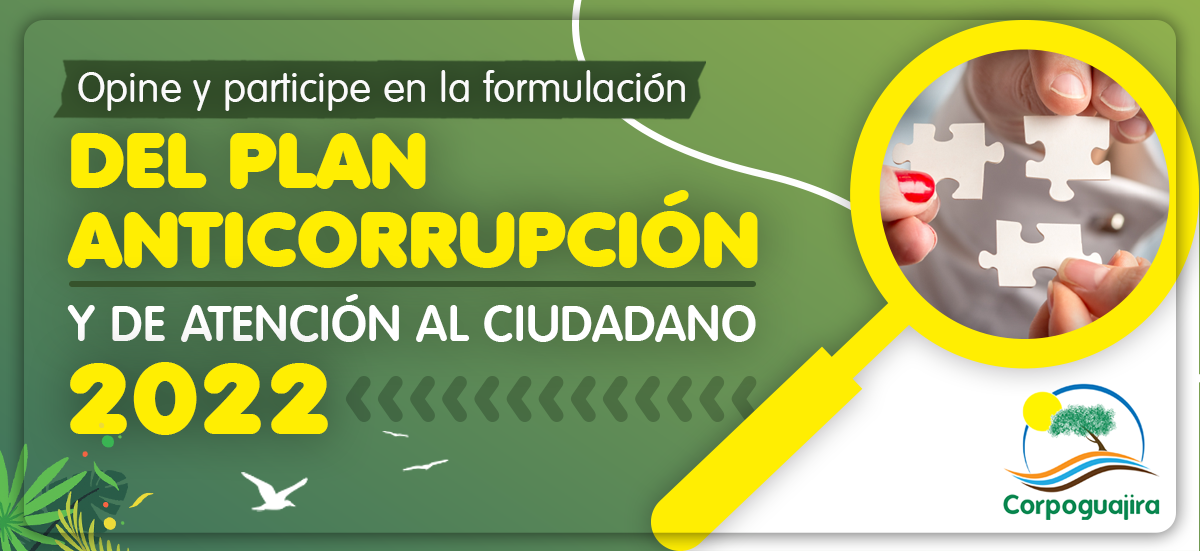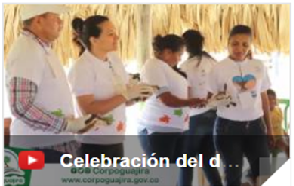The presence of jellyfish in the waters of the department of La Guajira caused alarm at bathers who were on the beaches of Riohacha, under investigation by professionals Corpoguajira coastal marine area it was determined that this species poses no danger to public health, since its nematocysts toxin is relatively harmless to humans. However, it is recommended to avoid contact with this species of jellyfish, both at sea and on the beach, to the extent that the degree of susceptibility to the toxin can vary from one individual to another.
Known as jellyfish or Ball cannonball, It is a species of jellyfish in the order rhizostomae (escifomedusa), restricted to tropical waters except the genus Rhizostoma found in temperate waters; epipelagic and neritic case of species that occupy surface waters of coastal areas. This species of great ecological importance for food webs (acting as prey and predator) and symbiotic relationship with zooxanthellae, with crustaceans and fingerlings of various species of fish which are grouped under their hoods as protection against predators.
Spatial distribution and abundance depends on factors such as: salinity, temperature, nutrients, flow regime, light, type of reproduction, amount of food, and competitors, any changes in these can potentially cause growth or decline of their populations. As for their diet consists of bivalve larvae, copepods and larvaceans, which capture using water flow created by the pulsations of the umbrella (Bell) and channels scapulae (inland waterways), because they are specialized structures for capture.
It is a kind of cosmopolitan distribution in the Colombian Caribbean it has been found on the coasts of the departments of La Guajira, Bolivar and Magdalena, It is one of the most common and frequent species on the beaches of the Santa Marta. Corpoguajira recommends that, in contact with a copy of Cannonball Jellyfish, Do not rub the affected area, wash with seawater and head to the nearest health center.
































Leave a reply
I am sorry, you should be connected to post a comment.